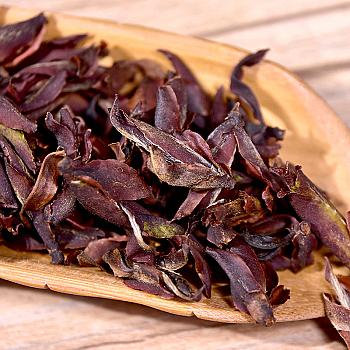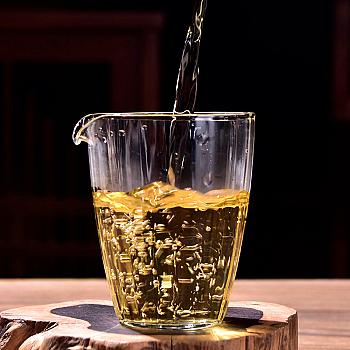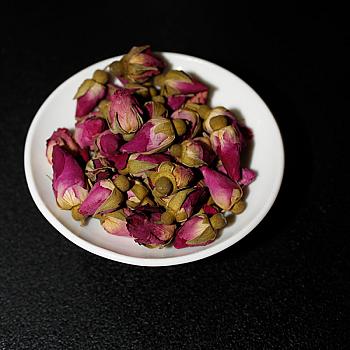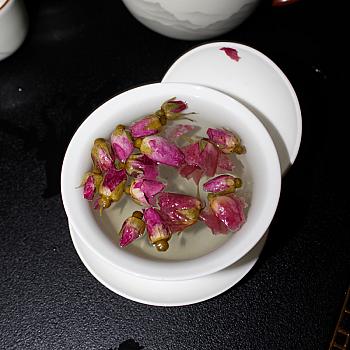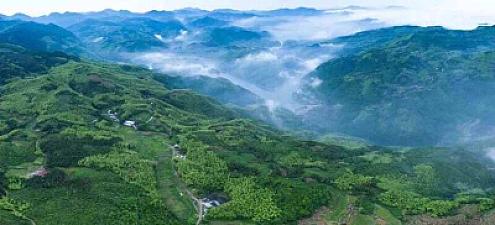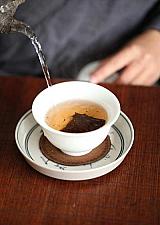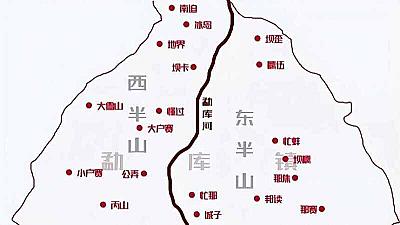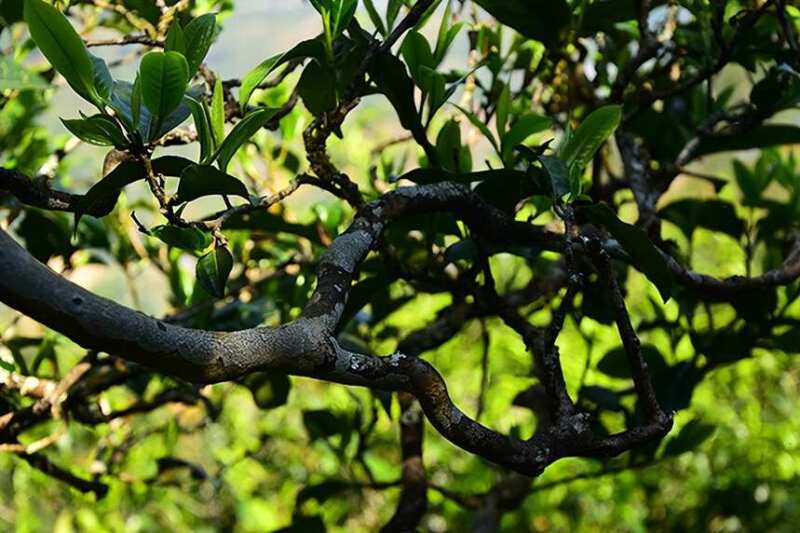
Why do Jiangsu and Zhejiang love Iceland, Guangdong and Guangxi love Benbang, and Taiwan loves Yanfu?
August 14, 2025
Before we begin, I must say that the title is somewhat limited, and by implication, not absolute. People from Jiangsu and Zhejiang provinces do not only love tea from Iceland, nor are people from Guangdong and Guangxi provinces only in love with Pu-erh tea. After years of drinking tea, one will discover an interesting phenomenon: a region's people tend to favor certain mountain or regional teas over others.
Before I begin this article, I need to clarify:
The title is somewhat limited in scope, but its implication is that it's not absolute, and people from Jiangsu and Zhejiang don't love Iceland exclusively, nor do people from Guangdong love Bangkok.
Over time, you will notice a funny phenomenon: people from one area tend to be more fond of the tea trees in a particular mountain or region.
And it seems that this love is only related to his personal taste preference and has nothing to do with the actual price of yunnan tea.

I have many friends from Guandong and Guangxi. Every time we talk about pu-erh tea, I would always recommend Banna's Pu-erh, whereas I wouldn't be excited by the Lincang Pu-erh Tea; there's just something missing in its flavor compared to Menghai, some even believe that only bitter teas can provide a good foundation for aging.
While many tea drinkers in Jiangsu, Zhejiang and further north have a special fondness for teas like Iceland Tea, Zhengqi Tang or Thatjo's sweet and refreshing teas from Yunnan, they tend to find teas from the Menghai region too heavy, with a bitter base that is difficult to swallow.
Recently I went and studied the history of Oolong tea from Taiwan and found that Taiwanese people still highly treasure Wuyi Oolong to this day.
These phenomena have certainly piqued my interest because they raise three important issues related to the tea from the famous mountains and ancient trees.
So I tried to write this article, of course it is not necessarily clear, but at least it can give everyone a more valuable understanding of the mountain tree tea.

I. Why can fake "famous mountains and ancient trees" still sell?
Famous Mountain Ancient Tree Tea has always been a topic of both praise and criticism since its birth.
Those who have drunk the name tea believe it is the ultimate drinking experience for tea lovers, while those who haven't or are skeptical consider it a scam, bubble, and hype.
It's no wonder that others would be mocking this, going to the tea city and browsing through a network mall for one circle will discover "mountains" from 9.99~9999 yuan. As far as I know, about 99% of people should know what this is in their hearts like a mirror, but why are there still people buying it, and people selling it?
This involves one of the biggest problems with Longmen Grottoes tea: there is no standard for taste-testing it.
The most absurd thing about "famous mountain old tree tea" is here: you tell someone that feces can't be eaten, and he tells you "radish sour cabbage", everyone has their own preference!

What is there about criticism that has no standard?
It is hard or impossible for consumers to judge whether a mouthful of tea is worth 10 yuan, 100 yuan or 1,000 yuan.
We always say that Pu-erh tea raw materials have no standards, technology has no standards, storage has no standards; in my current understanding of Pu-erh tea, these are impossible to have standards, very few people put their eyes on the terminal and stand at the consumer angle to understand: building product drinking system standards.
Without a standard for evaluation, consumers have difficulty judging; this undoubtedly gives business people great space to maneuver, opening with a pack of packaging paper and relying on sales pitches as the content. Who can deceive more obviously sells better tea!

Fake goods flooding the market is one of the main causes of the chaotic product-drink system!
In fact, the real people who buy mountainous ancient trees are probably the same ones who grow and drink tea.
In other words, those who bought an old Icelandic tree last year are likely to be the same ones next year.
They must know that this mountain has its true value in the way they drink it, saying they don't understand, is definitely a fake, they have their own drinking system to judge the value of this mountain.
But there are too many famous tea mountains in Yunnan, and too many ancient trees on the peaks. So many mountains have created so many different flavors, with great differences between one peak and another, and between one production area and another.
Different peaks correspond to different crowds, and different crowds correspond to different tea cultures.

Due to the differences in quality control between brands and regions, Yunnan old tree tea is not without standards of taste. On the contrary, it has numerous standards of taste; with too many standards, there must be confusion, mainly reflected in several aspects:
1. The language differs. It's quite possible that two people from different tea systems sitting together for half a day will only discover at the end of their discussion that your sense of the soup and someone else's sense of the soup are not the same, and that the tea flavor is not the same either.

2. The focus is different. Some people are good at appreciating the aroma and flavor of tea, thinking that a good tea must have aroma and throat harmony; some people are good at appreciating the aftertaste and refreshing effect, believing that it can only be called the ultimate drinking experience if the aftertaste is lingering and refreshing throughout the mouth. This has become chaotic.
You can't drink Yiwu tea in the same way you'd drink Mengku tea, nor can you drink Mengku tea in the same way you'd drink Yibang tea.
Because each tea production area has its own emphasis. For instance, I myself initially drank Mengku tea. When I first started to get to know Yiwu tea, I found that it was light and tasteless, clear and meager.
But when I drank two or three years of Yi Wu's name tea, I found that the charm of Yi Wu tea was not in its mellow taste and soup feeling, but in its water path, its tone.

3. Making tea in essence is making content; those who spread content are already confused.
We only do two things at Mountain Head Ancient Tree Tea: quality control and niche market.
The control ability of a product determines how far it can go; the quality of the circle and the number of people in the circle determine how well a tree tea brand can live.
Regardless of whether you're doing content control or creating a circle, fundamentally it's about the content. Content is king. This phrase remains unfashionable to this day, regardless of whether you do live broadcasts, write articles, or offline tea drinking, no matter how sales platforms and models change, the essence is still creating content.
The quantity and quality of content are one of the main reasons why product drinking systems have become confused, and the purpose of making content is to sell, to give a voice to the product.

Three, why Jiangzhe loves Iceland, two Guang love Banchang, Taiwan loves Yiwu?
Based on the two points above, let's understand the title of the article again.
I think one part has a very big relationship with drinking habits;
The habit of drinking and local eating habits have a great relationship, Taiwanese love Yibao, Two Guang love Ban Zhang, the North's tea lovers love Bajiao.
I think it's related to the eating habits and tea-drinking customs of each region.
The drinking habits of tea in Taiwan were inherited from Fujian Oolong Tea and Japanese Green Tea. Regardless of the tradition, both teas are renowned for their rich aroma layering, mellow tea soup, and quality, which complements Oolong's characteristics.
While northern tea friends prefer ice tea because their preference for drinking tea was inherited from floral and green teas, the characteristics of ice tea are more in line with the drinking habits of northerners.
For example, I have friends who are tea enthusiasts in the Sichuan-Chongqing region, and they prefer stronger-tasting and more aromatic Pu-erh; I suspect this is also related to regional eating habits.
Another factor has something to do with Pu'er tea's development and promotion;
The trend of "moutai tea" started from late 1990s, early 21st century, in which Taiwanese people attributed their aged tea to the origin of Gǔ Liùshān and E Wuyi resulting in a huge fire.
Following that came the state-owned enterprise reform in 2000, a batch of excellent Pu'er tea talents from large factories drove the development of Menghai tea;
Last Liming tea began to gradually extend the market to the north.

